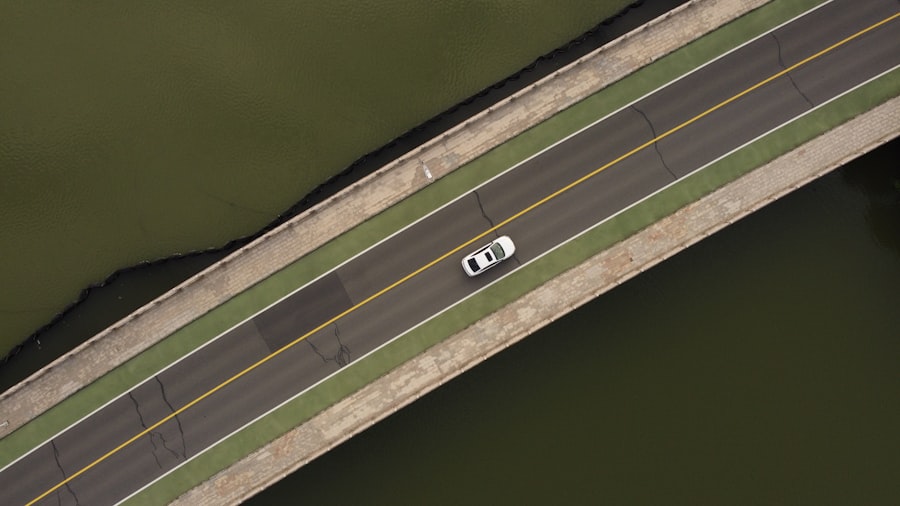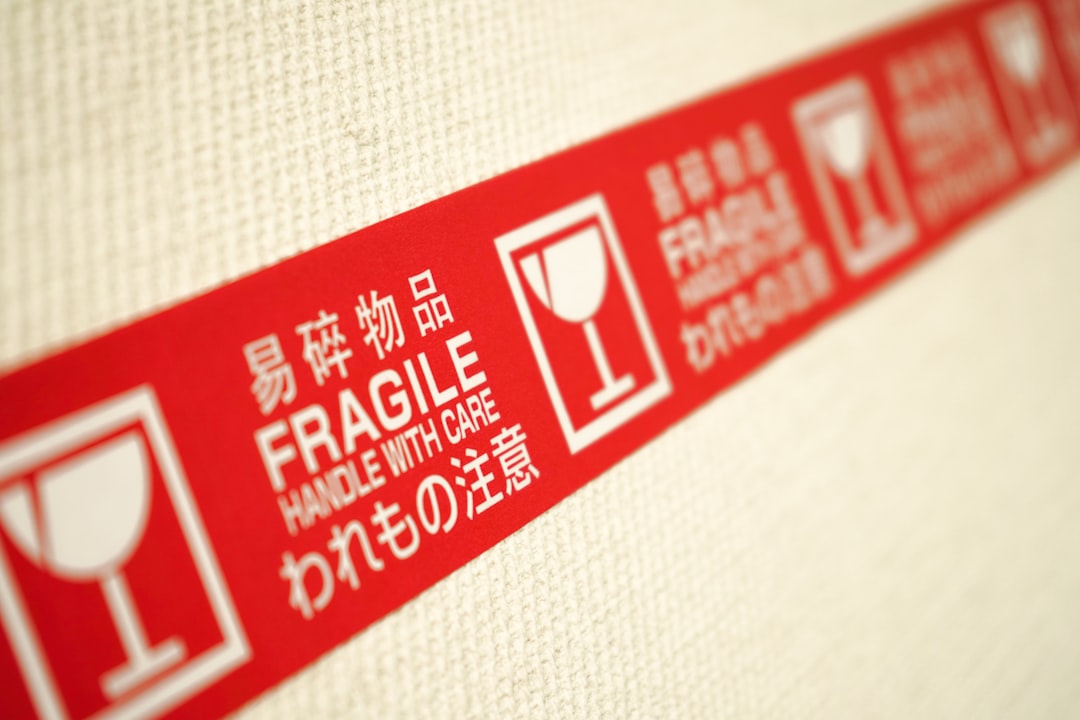The Drake Passage, a body of water situated between the southern tip of South America and Antarctica, is renowned for its tumultuous seas and unpredictable weather patterns. Spanning approximately 600 kilometers, this narrow stretch of ocean serves as a critical conduit for maritime traffic between the Atlantic and Pacific Oceans. Its strategic importance is underscored by the fact that it is the only route for vessels traveling directly from the southern coast of South America to Antarctica, making it a vital passage for research expeditions, tourism, and commercial shipping.
However, the Drake Passage is not merely a geographical feature; it is a formidable challenge that has tested the mettle of sailors for centuries.
Since then, it has gained notoriety for its fierce storms and high waves, often referred to as “the most dangerous sea in the world.” The confluence of the Atlantic and Pacific Oceans creates a unique set of conditions that can lead to sudden and violent weather changes.
As such, understanding the intricacies of the Drake Passage is essential for anyone venturing into its depths, whether for scientific exploration or commercial purposes.
Key Takeaways
- Drake Passage is a treacherous body of water located between South America’s Cape Horn and the South Shetland Islands of Antarctica.
- Historical accidents at sea in Drake Passage include the sinking of the SS America and the loss of the Endurance during Ernest Shackleton’s Antarctic expedition.
- The weather conditions in Drake Passage are notoriously harsh, with strong winds, high waves, and rapidly changing weather patterns.
- Proper navigation is crucial in Drake Passage due to its challenging conditions and the potential for accidents at sea.
- Recent case studies highlight the importance of technology in navigating Drake Passage and the impact of accidents on the environment.
Historical accidents at sea in Drake Passage
The history of maritime navigation through the Drake Passage is punctuated by numerous accidents and disasters that have claimed countless lives and vessels. One of the most infamous incidents occurred in 1914 when the passenger liner SS Orinoco sank after colliding with an iceberg. This tragedy highlighted the inherent dangers of navigating these treacherous waters, where visibility can be severely compromised by fog and storms.
The loss of the Orinoco was not an isolated event; rather, it was part of a broader pattern of maritime mishaps that have plagued the passage over the years. Another notable disaster took place in 1982 when the fishing vessel MV Taimyr capsized during a violent storm. The crew’s struggle for survival against towering waves and fierce winds serves as a stark reminder of the perils that await those who underestimate the Drake Passage.
These historical accidents underscore the need for vigilance and respect for the unpredictable nature of this maritime corridor. Each incident adds to the collective knowledge of navigators, emphasizing the importance of preparation and caution when traversing these waters.
The treacherous weather conditions of Drake Passage

The weather conditions in the Drake Passage are notoriously volatile, characterized by rapid changes that can transform calm seas into raging tempests within minutes. The convergence of cold Antarctic waters with warmer currents from the north creates a breeding ground for storms, often resulting in high winds and towering waves that can reach heights of up to 30 meters. Sailors navigating these waters must be prepared for anything, as conditions can shift dramatically without warning.
Moreover, the passage is frequently shrouded in fog, further complicating navigation efforts. Reduced visibility can lead to disorientation and increase the risk of collisions with other vessels or icebergs. The combination of strong currents, unpredictable weather patterns, and limited visibility makes the Drake Passage one of the most challenging maritime environments in the world.
For those who dare to traverse its waters, understanding these treacherous conditions is paramount to ensuring safety and successful navigation.
The importance of proper navigation in Drake Passage
| Aspect | Importance |
|---|---|
| Weather Conditions | Proper navigation is crucial due to the unpredictable and severe weather conditions in Drake Passage. |
| Icebergs and Ice Floes | Navigating through Drake Passage requires careful attention to icebergs and ice floes to ensure safe passage. |
| Wildlife Preservation | Proper navigation helps in preserving the delicate ecosystem and wildlife in the region. |
| Historical Significance | Responsible navigation is important to protect the historical significance of the area, including shipwrecks and exploration sites. |
Given the inherent dangers associated with the Drake Passage, proper navigation is crucial for ensuring safe passage through its turbulent waters. Navigators must possess a deep understanding of both traditional maritime skills and modern navigational technology to effectively chart their course. This includes knowledge of celestial navigation, chart reading, and an awareness of local maritime regulations.
Additionally, familiarity with weather patterns and ocean currents is essential for anticipating potential hazards. Modern advancements in navigation technology have significantly enhanced safety in the Drake Passage. GPS systems, radar, and electronic charting tools provide real-time data that can help mariners make informed decisions about their routes.
The combination of traditional skills and modern technology creates a robust framework for safe navigation through this perilous passage.
Case studies of recent accidents in Drake Passage
Recent years have seen several accidents in the Drake Passage that serve as cautionary tales for mariners. In 2019, a research vessel encountered severe weather while conducting studies near Antarctica. Despite having advanced navigational equipment, the crew was caught off guard by an unexpected storm that resulted in significant damage to the vessel.
Fortunately, all crew members were rescued, but the incident underscored the unpredictable nature of the passage and the importance of thorough risk assessments before embarking on any journey. Another case occurred in early 2021 when a cruise ship experienced engine failure while navigating through the Drake Passage. Stranded in rough seas, the vessel was at risk of capsizing until a nearby ship came to its aid.
This incident highlighted not only the dangers posed by mechanical failures but also the critical role that nearby vessels play in ensuring safety at sea. These case studies illustrate that even with advanced technology and experienced crews, accidents can still occur in this unforgiving environment.
The role of technology in navigating Drake Passage

Technology has revolutionized maritime navigation, particularly in challenging environments like the Drake Passage. Modern vessels are equipped with sophisticated navigational systems that provide real-time data on weather conditions, ocean currents, and potential hazards. These advancements allow mariners to make informed decisions about their routes and adjust their plans based on changing circumstances.
In addition to GPS and radar systems, satellite communication has transformed how crews communicate with each other and with shore-based support teams. This connectivity enables vessels to receive timely updates on weather forecasts and emergency assistance if needed. Furthermore, advancements in weather modeling have improved predictions about storm patterns and sea conditions, allowing navigators to better prepare for potential challenges ahead.
While technology plays a vital role in enhancing safety, it is essential for crews to remain vigilant and not become overly reliant on these tools.
The impact of accidents at sea on the environment
Accidents at sea in the Drake Passage can have devastating consequences not only for human life but also for marine ecosystems. Oil spills from damaged vessels pose significant threats to local wildlife and habitats, contaminating pristine waters and disrupting delicate ecological balances. The impact can be particularly severe in areas surrounding Antarctica, where unique species depend on clean waters for survival.
Moreover, debris from sunken vessels can create hazards for other ships navigating through the passage. The presence of wreckage can alter local currents and sediment patterns, further complicating navigation efforts. Environmental recovery from such incidents can take years or even decades, underscoring the importance of preventing accidents through proper navigation practices and adherence to safety protocols.
Safety measures and protocols for navigating Drake Passage
To mitigate risks associated with navigating the Drake Passage, various safety measures and protocols have been established by maritime authorities. These guidelines emphasize thorough pre-voyage planning, including route assessments based on current weather conditions and potential hazards. Crews are encouraged to conduct regular drills to ensure preparedness for emergencies such as engine failure or severe weather events.
Additionally, vessels operating in these waters are required to maintain specific safety equipment onboard, including life rafts, emergency beacons, and communication devices. Regular inspections and maintenance of navigational systems are also crucial to ensure their reliability during critical moments at sea. By adhering to these safety measures and protocols, mariners can significantly reduce their risk while navigating this challenging passage.
The dangers of icebergs and other natural hazards in Drake Passage
Icebergs present one of the most significant natural hazards faced by vessels traversing the Drake Passage. These massive chunks of ice can drift unpredictably due to ocean currents and winds, posing a serious threat to navigation. Collisions with icebergs can result in catastrophic damage to ships, leading to sinking or severe structural failure.
In addition to icebergs, other natural hazards such as strong currents and shifting underwater topography further complicate navigation efforts in this region. Mariners must remain vigilant and utilize advanced radar systems capable of detecting ice formations well in advance. Understanding these dangers is essential for ensuring safe passage through one of the world’s most perilous maritime environments.
The psychological impact of accidents at sea on crew members
The psychological toll of accidents at sea can be profound for crew members involved in maritime disasters within the Drake Passage. Survivors may experience post-traumatic stress disorder (PTSD), anxiety, or depression as they grapple with their experiences during life-threatening situations. The fear of navigating such treacherous waters can linger long after an incident has occurred.
Support systems are crucial for helping crew members cope with these psychological impacts. Counseling services and peer support groups can provide essential resources for those affected by traumatic events at sea. By addressing mental health concerns alongside physical safety measures, maritime organizations can foster a culture of well-being among their crews.
Navigating Drake Passage safely and responsibly
Navigating the Drake Passage requires a delicate balance between respect for nature’s power and reliance on modern technology. As one of the most challenging maritime environments in existence, it demands thorough preparation, skilled navigation, and adherence to safety protocols to mitigate risks effectively. Historical accidents serve as reminders of what can happen when caution is thrown aside or when technology fails.
By prioritizing safety measures and fostering a culture of awareness among crews, mariners can navigate this formidable passage responsibly while minimizing their impact on both human life and marine ecosystems. As exploration continues in this vital region, it remains imperative that all who venture into its depths do so with respect for its challenges and an unwavering commitment to safety.
The Drake Passage, known for its treacherous waters and unpredictable weather, has been the site of numerous maritime accidents over the years. These incidents highlight the challenges faced by vessels navigating this critical route between the Atlantic and Pacific Oceans. For more insights into the geographical and environmental factors contributing to these accidents, you can explore a related article on MyGeoQuest. This resource provides valuable information on the dynamics of the Drake Passage and its impact on maritime travel.
WATCH NOW! Drake Passage: Earth’s Deadliest Waters Revealed
FAQs
What is the Drake Passage?
The Drake Passage is the body of water between the southern tip of South America and the northern tip of the Antarctic Peninsula. It is known for its rough seas and challenging sailing conditions.
What are some common accidents that occur in the Drake Passage?
Common accidents in the Drake Passage include ship groundings, collisions with icebergs, and capsizing due to extreme weather conditions.
What are the main causes of accidents in the Drake Passage?
The main causes of accidents in the Drake Passage are the unpredictable and severe weather conditions, including strong winds, high waves, and icebergs. Inexperienced or unprepared crews can also contribute to accidents.
How can accidents in the Drake Passage be prevented?
Accidents in the Drake Passage can be prevented by ensuring that ships are properly equipped to handle extreme weather conditions, that crews are experienced and well-trained, and that proper navigational precautions are taken to avoid icebergs and other hazards.
What should travelers know before embarking on a journey through the Drake Passage?
Travelers should be aware of the potential for rough seas and extreme weather conditions in the Drake Passage. It is important to choose a reputable and experienced tour operator and to be prepared for the possibility of seasickness.
